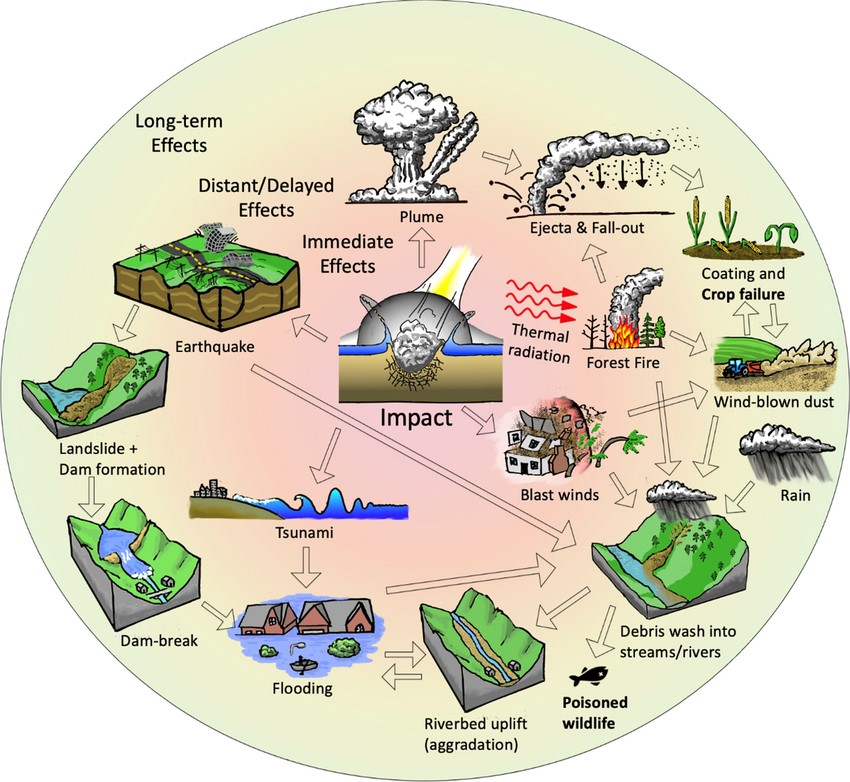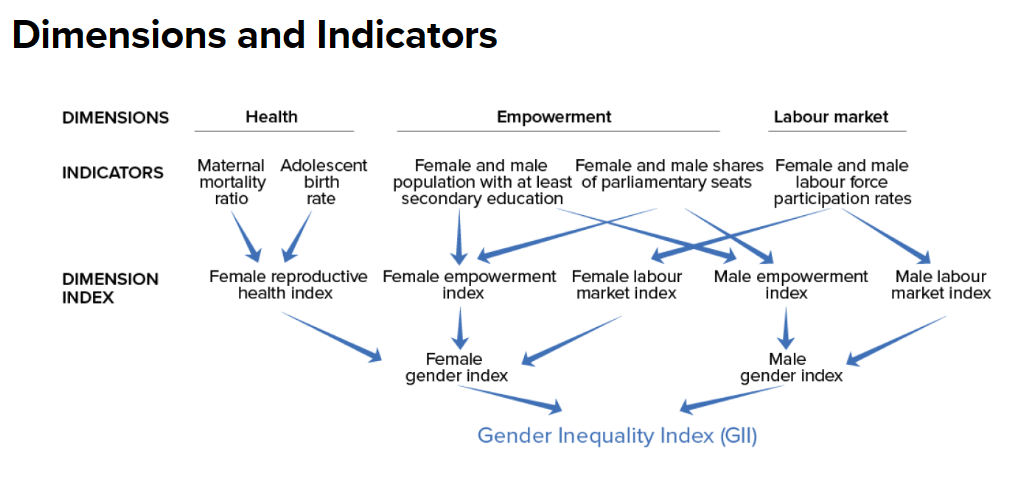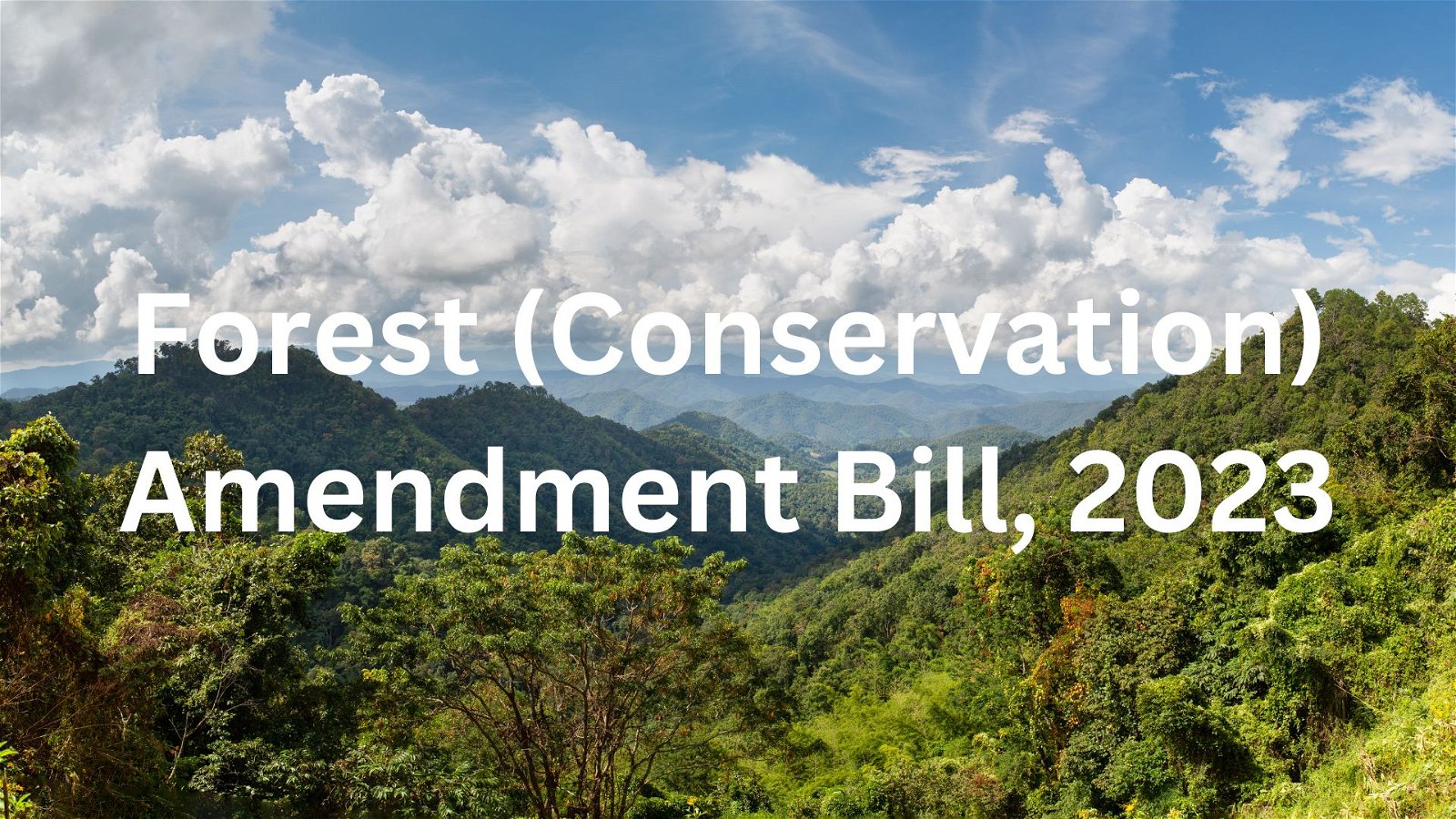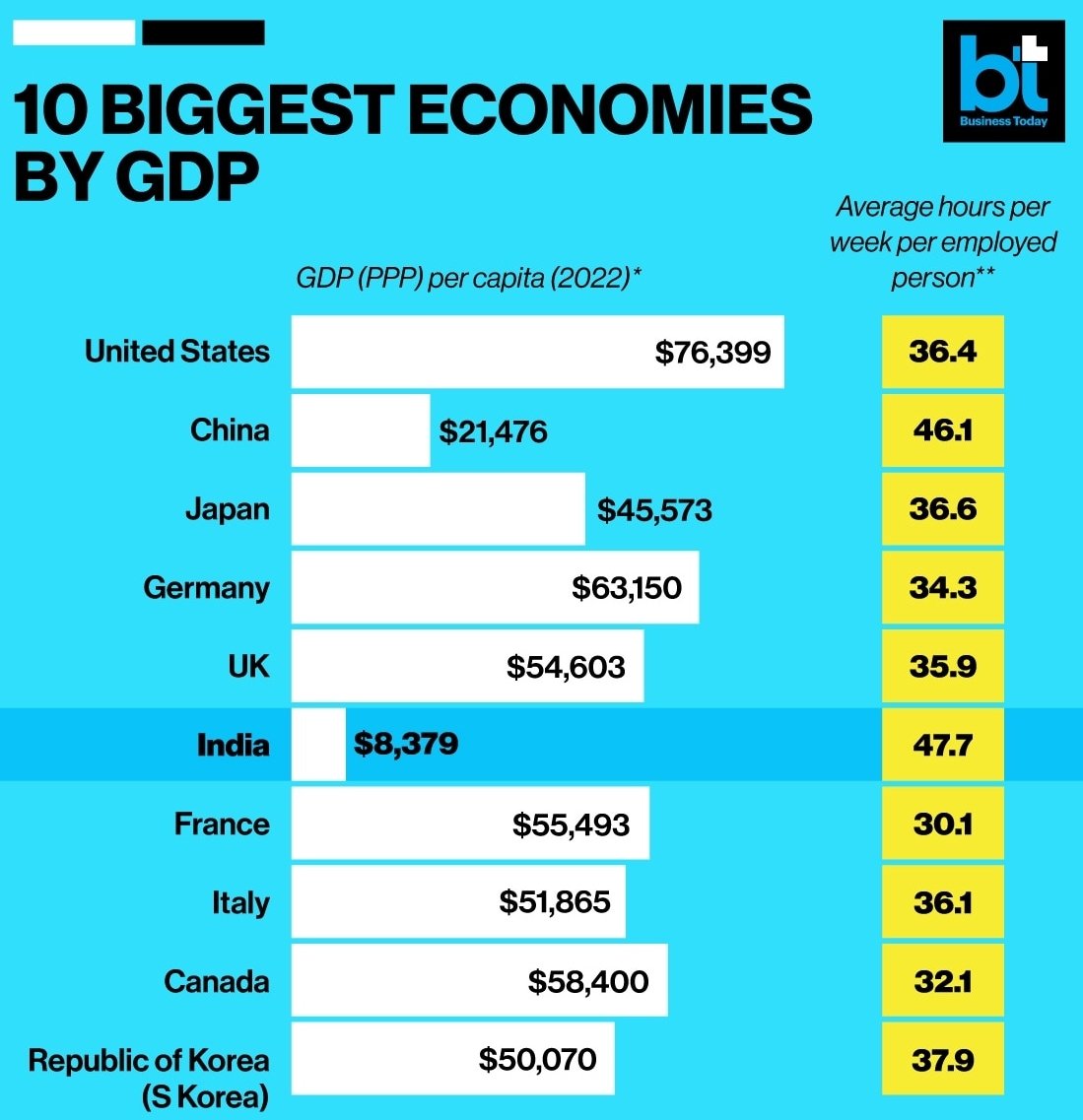
Current Affairs September 30, 2023: Ramanujan, e-Cabinet System, Social Audit, Kosi Superfloods, MGNREGS Social Audit Unit, Appointment of Temple Priest, M.S. Swaminathan, Green Revolution, Hypertension: The Silent Killer, Tigers, Nilgiri Hills
Subscribers of "Current Affairs" course can Download Daily Current Affairs in PDF/DOC
Subscribe to Never Miss an Important Update! Assured Discounts on New Products!
Must Join PMF IAS Telegram Channel & PMF IAS History Telegram Channel
{GS1 – MIH – Personalities – 2023/09/30} Ramanujan
- Context (TH): The 2023 SASTRA Ramanujan Prize will be awarded to Ruixiang Zhang.
- It is given by SASTRA (private and deemed university in Tamil Nadu) for outstanding contributions by individuals in mathematics.
- Srinivasa Ramanujan was an Indian mathematician. Though he had almost no formal training in pure mathematics, he contributed substantially to mathematics.
- Infinite Series: Ramanujan formulated a wide range of infinite series.
- One of the most famous is the Ramanujan series for pi (π).
- Hardy-Ramanujan number: 1729 is called the Hardy-Ramanujan number.
- It is the smallest number expressible as the sum of two cubes in two different ways.
- In 2012, GoI declared Ramanujan’s birthday, December 22, as National Mathematics Day.
Historical Indian mathematicians
- The oldest source of knowledge for Indian Mathematics is Sulba Sutras (800 BCE) followed by the Pingala’s Chanda Sastra (3rd century BCE).
- Indian Mathematicians introduced the world to the concept of ‘zero’.
- Famous Indian mathematicians are:
- Aryabhata
- Brahmagupta
- Srinivasa Ramanujan
- Satyendra Nath Bose
- Shakuntala Devi
Aryabhata
- Aryabhata was a mathematician and astronomer from the Gupta period.
- He was one of the Navaratna (Nine gems) of the court of Chandragupta II.
- He wrote a book in Sanskrit known as the Aryabhatiyam.
- He stated that day and night were caused by the rotation of the earth on its axis.
- He gave a scientific explanation for eclipses.
- He also found a way of calculating the circumference of a circle, which is nearly as accurate as the formula we use today.
Satyendra Nath Bose
- Satyendra Nath Bose was an Indian mathematician and physicist.
- His research led to the discovery of the Bose-Einstein condensate phenomenon (Physics theory).
Shakuntala Devi
- She was popularly known as the ‘Human-Computer’.
- She had the ability to do enormous calculations without using a calculator.
{GS2 – E-Gov – 2023/09/30} e-Cabinet System
- Context (IE): The Tripura CM launched an e-cabinet system at Agartala.
- It is a software portal for State Governments to conduct cabinet meetings electronically and online.
- It was developed by the National Information Centre under the Ministry of Electronics & IT (MeitY).
- Tripura has become the fourth state, after Uttarakhand, Uttar Pradesh, and Arunachal Pradesh, to introduce an e-cabinet system.
Objective
- To promote digital infrastructure development
- To promote digitisation of government services and information
- To enhance transparency, efficiency, and accountability
Features
- It maximises the usage of technology in meetings and reduces paper use.
- It automates workflow activities of meetings before, during and after.
- The push and pull mechanism built into the portal ensures high security needed for Cabinet matters.
Benefits
- Saves huge resources of paper, fuel, and manpower.
- Reduction in the carbon footprint and environmental degradation.
- Online data update information for all, leading to coordinated action.
- Better decision making, quick retrieval of decisions taken in meetings, and review action taken.
- Enables virtual participation of Ministers.
{GS2 – Governance – Transparency – 2023/09/30} Social Audit
- A social audit serves as a method for verifying if the expenditures reported by the government in official documents align with the actual spending on the ground.
- It bridges the divide between the envisioned objectives and the tangible outcomes, as well as between operational efficiency and overall effectiveness.
Key Principles of a Social Audit
- Transparency: Social audits demand transparency in operations and decision-making, ensuring all relevant data is openly accessible for ethical performance.
- Engagement: Active participation of stakeholders, including employees, customers, communities, and NGOs, is integral.
- Standards: Social audits assess adherence to laws, regulations, ethical standards, and industry best practices. This encompasses labour rights, environmental regulations, etc.
- Continuous: Social audits are ongoing processes focusing on continuous enhancement. Findings are used to identify areas for improvement and guide action plans to address shortcomings.
- Credibility: Independent third parties often conduct social audits to ensure credibility.
- Impact Assessment: Beyond policies and processes, social audits evaluate the actual societal impact of an organisation’s activities, including social, environmental, and economic dimensions.
Types of Social Audits
- Compliance Audits: These audits ensure an organisation complies with relevant laws, regulations, and industry standards.
- Performance Audits: These audits assess an organisation’s effectiveness in achieving its social responsibility goals and objectives.
- Environmental Audits: These audits concentrate on an organisation’s environmental practices, such as waste management, energy consumption, and sustainability initiatives.
- Social Impact Assessments: While not traditional audits, social impact assessments are a structured process used to evaluate the social consequences of a project, program, or policy.
Limitations of social audit
- Limited Awareness: Many citizens, especially in marginalised communities, lack awareness of social auditing, hindering their active participation.
- Accessibility Challenges: Accessibility issues persist, with some sections of society, including remote or resource-constrained areas, facing difficulty participating in social audits, limiting inclusivity.
- Political Interference: Political interests often compromise the independence and impartiality of social audits, as local politicians may exert pressure on auditors.
- Resource Constraints: Effective social audits require technical expertise and adequate funding, which grassroots organisations and communities may lack.
- Limited Follow-up: Challenges exist in obtaining complete data, and there is often limited follow-up and enforcement of audit recommendations, affecting overall accountability.
Steps To Be Taken to Make Social Audit Effective
- Legal Clarity: Improve the social audit legal framework to maximise effectiveness.
- Capacity Building and Technology Integration: Invest in training and capacity-building programs for auditors, government officials, and community representatives to enhance their audit skills.
- Community Engagement and Awareness
- Timeliness and Accountability
- Independent Oversight and Feedback Mechanisms
Social Audit – Meghalaya’s Exemplary Model
- Meghalaya introduced social audits into law in 2017 by enacting the Meghalaya Community Participation and Public Services Social Audit Act, making it the first Indian state to do so.
- This legislation mandated social audits across 21 schemes and 11 government departments.
- Meghalaya’s approach was unique as it integrated traditional tribal institutions into the social audit process. This is a distinctive feature.
Insights from Meghalaya’s Experience
- Social audits became an ongoing process where citizens actively participated in program planning, execution, and monitoring, and social audits emerged as a tool for promoting “good governance”.
Notable examples of social audits in India
MGNREGA
- MGNREGA has witnessed extensive use of social audits. Citizens, particularly in states like Andhra Pradesh and Rajasthan, actively participate in auditing the program’s implementation to ensure wages are paid correctly, work is carried out as per guidelines, and funds are not misappropriated.
Mid-Day Meal Scheme and RTE (Right to Education) Act
- Social audits are conducted to assess the quality and delivery of meals and education in government schools. These audits focus on facilities, teacher attendance, the availability of textbooks, etc.
Forest Rights Act
- In states with a significant tribal population, like Chhattisgarh, social audits have been conducted to ensure that the Forest Rights Act is implemented properly.
Public Distribution System (PDS)
- States like Tamil Nadu have used social audits to improve the PDS. Audits help identify ineligible beneficiaries, reduce leakages, and ensure that food grains reach the intended beneficiaries.
Swachh Bharat Mission (Clean India Campaign)
- Social audits have been used to evaluate the progress of sanitation programs. These audits help monitor the behaviour change of communities towards open defecation.
{GS2 – MoRD – Schemes – 2023/09/30} MGNREGS Social Audit Unit
- Context (TH): The social audit units of the MGNREGA have seen less than 14% recovery of flagged amounts of misappropriation this financial year, with previous years showing similar results.
- The Mahatma Gandhi National Rural Employment Guarantee Act (MGNREGA) faces recurring criticism due to alleged high corruption rates.
- The Ministry of Rural Development (MoRD) is monitoring the entire implementation of this scheme in association with state governments.
- While the scheme incorporates an inbuilt mechanism of “social audit units” to detect malpractice, their effectiveness is hindered by inadequate measures for recovering embezzled funds.
- MGNREGA Act’s Section 17 mandates gram sabhas to monitor work execution, with independent social audit units in each state.
- However, these units often operate with limited resources, insufficient training, and understaffing, solely flagging malpractice cases.
- The responsibility of fund recovery and reprimanding officials lies with state governments.
- The low recovery rate undermines the credibility of the audit process, rendering it ineffective.
Fund-starved audit units
- GoI has exploited the absence of social audits to withhold funds from states for MGNREGA.
- Paradoxically, the MoRD responsible for funding audit units to maintain independence from states fails to disburse funds timely, causing units in certain states to go without funding for years.
MGNREGA Scheme: PMF IAS® Current Affairs Monthly Compilation – August 2023
{GS2 – Polity – IC – State Powers – 2023/09/30} Appointment of Temple Priest
- Context (TH): Tamil Nadu Hindu Religious Institutions Employees (Conditions of Service) Rules of 2020 prescribe eligibility, qualification, and age for appointment of temple priests.
- The Madras HC in 2022 said that the 2020 rule would not apply to temples constructed and governed as per specific Agama Sastras.
- According to the HC ruling, since Agamic Temples have their customs and usages, only persons from those denominations who have traditionally performed pujas may be appointed archakas.
- The plea was filed in the SC, and it said that despite the HC ruling, the state is proceeding to make appointments irrespective of denomination, claiming that they have the requisite training.
- The SC has ordered the status quo, so the 2022 Madras HC ruling, which states that archakas will be appointed according to the Agama tradition, will continue to be in effect.
Background
- Recently, the Tamil Nadu state government issued a letter regarding appointing a priest (archakas) in the temples governed by the Agamic tradition.
- Accordingly, anyone trained in Agama Sastra, irrespective of caste/gender, can become a priest.
- According to the agama tradition, only a person from a selected denomination can be appointed as a priest, i.e., priesthood is not open for all.
- A plea was filed in SC to quash the TN Government order. According to the plea filed, the Government does not have the power to interfere with essential religious practices.
Role of Government and Judiciary
- The Tamil Nadu Hindu Religious and Charitable Endowment (HR & CE) Act restricted the role of the government to administration and finance.
- It was amended in 1971 to abolish priests’ hereditary appointment and allow individuals from all castes to be priests.
- In 2006, the government declared all qualified persons eligible to be priests.
- The SC struck down this rule in 2015, emphasising the importance of following Agama Sastras while upholding constitutional rights.
{GS3 – Agri – Green Revolution – 2023/09/30} M.S. Swaminathan
- M.S. Swaminathan was instrumental in developing high-yielding varieties of paddy, which helped India’s low-income farmers produce the crop in abundance.
- The United Nations Environment Programme called him the “Father of Economic Ecology”.

M.S. Swaminathan’s Role in the Green Revolution
- The back-to-back severe drought in the mid-1960s compelled to look for solutions to overcome the “ship-to-mouth” existence when the country was dependent on foodgrains imported from the U.S.
- Dr Swaminathan’s efforts led to the success of the ‘Green Revolution,’ a programme that paved the way for a quantum jump in productivity and production of wheat and rice.
- The discovery of Norman Borlaug, a celebrated American farm scientist and 1970 Nobel Laureate, on wheat had played a huge role in this regard.
For more information: Green Revolution
Awards, Roles and Recognitions
- Swaminathan became the Director General of the Indian Council of Agricultural Research (ICAR).
- In 1979, he was made the Principal Secretary of, the Union Ministry of Agriculture and Irrigation.
Awards
- Received Padma Shri in 1967.
- Awarded the Ramon Magsaysay award for community leadership in 1971.
- Received the Padma Bhushan in January 1972.
- The first World Agriculture Prize, instituted by the Indian Council of Food and Agriculture, was given to him in October 2018.
International Roles and Honors
- He headed the International Rice Research Institute (IRRI) in the Philippines from 1982 to 1988.
- He was awarded the first World Food Prize in 1987 — the highest honour in the field of agriculture — for his leadership role at the International Rice Research Institute (IRRI) in the Philippines.
- He was the first foreigner to receive the Golden Heart Presidential Award of the Philippines.
|
Swaminathan Commission
- Appointed as chairman of the National Commission on Farmers in 2004.
- The commission submitted five reports, with a key recommendation of setting a minimum support price (MSP) at least 50% higher than the cost of production.
M.S. Swaminathan – The architect of the Kuttanad Package
- In his 2007 preface for the study on Alappuzha and Kuttanad wetlands, M.S. Swaminathan emphasised joint responsibility for saving the ecosystem.
- The Kuttanad Package, which amounts to more than ₹1,800 crore and was proposed by the M.S. Swaminathan Research Foundation (MSSRF), suggests designating the wetland system as a ‘Special Agricultural Zone,‘ and promoting the cultivation of shorter-duration paddy varieties.
- However, poor coordination led to limited implementation of the Kuttanad package.
{GS3 – DM – Issues – 2023/09/30} Cascading Hazards
- Context (TH): Evidence from the ancient Kosi superflood says it can happen again with the increased chances for cascading hazards due to climate change.
Evidence of Occurrence of the Kosi Superflood
- The river floods in the Gangetic plain had been reconstructed using a sedimentary core.
|
- As rivers flow from their origins in the mountains to the plains, they carry rocks, gravel, and sand.
- Heavier particles settle down earlier in the river’s trajectory, whereas the lighter particles settle later.
- The part on the riverbed where the gradual transition from heavier to lighter particles occurs is called the gravel-sand transition.
- Normally, large particles are not found in downstream areas. But, around 11,000 years ago (Holocene era), coarse gravel deposition in the Kosi was 30-40 km downstream of the gravel-sand transition.
- This proves there was a superflood in the Kosi River that deposited the heavy particles downstream.
What were the Reasons for the Kosi Superflood?
- The ancient Kosi superflood had occurred due to an ‘extreme monsoon event’.
- This superflood had occurred along with a complementary cause called hyperconcentrated flows.
- A hyperconcentrated flow occurs when some event (like a landslide or a glacial lake outburst) causes the river to carry more sediments than usual.
- These flows have brought heavy sediments downstream of the Kosi River.
|
Cascading Hazards: The Cause of Hyperconcentrated Flows
- Hyperconcentrated flows are often the result of cascading hazards.
- Cascading hazards, also known as secondary hazards or chain reactions, refer to a sequence of hazards that occur due to an initial triggering hazard (primary hazard).
- Cascading hazards can be caused by natural hazards (such as earthquakes, floods, and wildfires) and human activities (such as deforestation and mining).
- Examples of cascading hazards:
- Earthquake: An earthquake can trigger landslides that block roads and rivers and cause flooding. The flooding can then erode river banks and trigger more landslides.
- Flood: A flood can cause erosion, leading to landslides. The landslides can then dam rivers and streams, causing more flooding.
- Wildfire: A wildfire can scorch vegetation, making the soil more susceptible to erosion. The erosion can then lead to landslides and flooding.

Source: Titus et al., 2003
Climate Change and Cascading Hazards
- Climate change is making extreme weather events more frequent.
- There are recent incidences also showing Kosi superflood-like cascading hazards may recur.
- For example, in 2021, a large rock and ice avalanche triggered a disastrous flood in Chamoli district, leaving more than 200 people dead or missing.
Way Ahead: Integrated Disaster Management Approach
- It is a challenge to tackle cascading hazards as India’s DM strategy relies on a “compartmentalised” understanding of disasters, where how one disaster leads to the other is NOT considered.
- India needs an “integrated disaster management approach” where the relationship between the hazards and individual incidences of hazards is used to frame risk-mitigation plans.
{GS3 – Envi – Conservation – 2023/09/30} Tigers Dying in Nilgiris
- Context (TH): A total of ten tigers (six cubs and four adults) have died in the Nilgiris since the middle of August, 2023.
Reasons of Tigers Death: High Density of Tigers
- The high density of tigers in the Mudumalai-Bandipur-Nagarhole complex of the Nilgiri Biosphere Reserve is increasing the incidences of animal-animal conflict and man-animal conflict.
- Animal-animal conflict: Due to high population there is competition for prey which is resulting conflict among the animals and causes their deaths. Moreover, tigers are also dying of starvation.
- Man-animal conflict: Overcrowding is pushing the tiger population to surrounding areas, increasing man-animal conflict. People are poisoning the prey’s carcasses, resulting in tiger deaths.
For details on Tigers and Nilgiri Biosphere Reserve > PMF IAS Environment 2nd Edition
{GS3 – Health – Issues – 2023/09/30} Hypertension: The Silent Killer
What is Hypertension?
- Blood pressure is a measurement of the force of blood against the walls of arteries as the heart pumps it throughout the body. It is measured in millimetres of mercury (mm Hg).
- Normal blood pressure is typically around 120/80 mm Hg, where:
- Systolic pressure (first number): Pressure in the arteries when the heart contracts (beats).
- Diastolic pressure (second number): Pressure in the arteries when the heart rests between beats.
- Hypertension (or high blood pressure) is when the pressure in your blood vessels is too high (140/90 mmHg or higher).
Why Hypertension is Silent Killer? / Concerns Associated with Hypertension
- Hypertension is often called the “silent killer” because it does not show any symptoms
- If it remains unchecked, it triggers severe health complications such as strokes, heart attacks, kidney damage, and heart failure.
Cardiovascular Diseases (CVDs)
|
What does the WHO’s Hypertension Report Says on India?
- Only 37% of the Indians know that they are suffering from hypertension.
- Only 30% people with hypertension start treatment, while only 15% manage to keep their blood pressure under control.
- By treating half the people with hypertension, India can prevent 4.6 million deaths due to heart attacks.
|
What are the Major Causes of Hypertension?
- The major causes of hypertension are:
- High-salt diet
- Lack of physical activity (34% of adults are physically inactive in India; 4% are obese)
- Excessive alcohol consumption
- Poor dietary choices
- Stress
Concerning Salt Intake in India
- A salt intake of less than 5 grams (approximately 2g sodium) per person per day is recommended by WHO for the prevention of cardiovascular diseases.
- But the daily salt intake in India stands at 8.0 g (8.9 g/day for men and 7.1 g/day for women).
- The salt intake was significantly higher in men, rural population, overweight persons, employed people, tobacco users, and those with high blood pressure.
- Excess salt consumption is responsible for 17%-30% of hypertension.
- While WHO member states are required to achieve a 30% relative reduction in mean population intake of salt by 2025, India is yet to implement many components of WHO’s prescription.
|
Initiatives Taken by India to Control Hypertension
India Hypertension Control Initiative (IHCI)
- IHCI is a 5-year initiative involving the Ministry of Health & Family Welfare, Indian Council of Medical Research (ICMR), State Governments, and WHO-India.
- Aim: to accelerate progress towards the GoI’s non-communicable diseases (NCDs) target by strengthening hypertension management and control.
- Launched in 2017, IHCI focuses on controlling hypertension by screening, ensuring protocol-based treatment, etc.
|
National Programme for Noncommunicable Diseases (NP-NCD)
- NP-NCD is being implemented under National Health Mission.
- It launched in 2010 with focus on strengthening infrastructure, human resource development, health promotion, early diagnosis, management, and referral.
|
Way Ahead
- Indians, especially the younger generation, becoming more and more susceptible to lifestyle diseases further strains the already overburdened healthcare system.
- To prevent India’s demographic dividend from turning into a demographic nightmare, it is imperative for India to consider the silent epidemic of lifestyle diseases such as hypertension, diabetes, etc. as a national health emergency.
- India has to focus on raising awareness around healthy dietary choices, conduct periodic screening on a war footing for early detection and prevention, establish a strong fitness (Yoga) and sporting culture and take other necessary steps to reap maximum benefits from its demographic dividend.





![PMF IAS Environment for UPSC 2022-23 [paperback] PMF IAS [Nov 30, 2021]…](https://pmfias.b-cdn.net/wp-content/uploads/2024/04/pmfiasenvironmentforupsc2022-23paperbackpmfiasnov302021.jpg)











